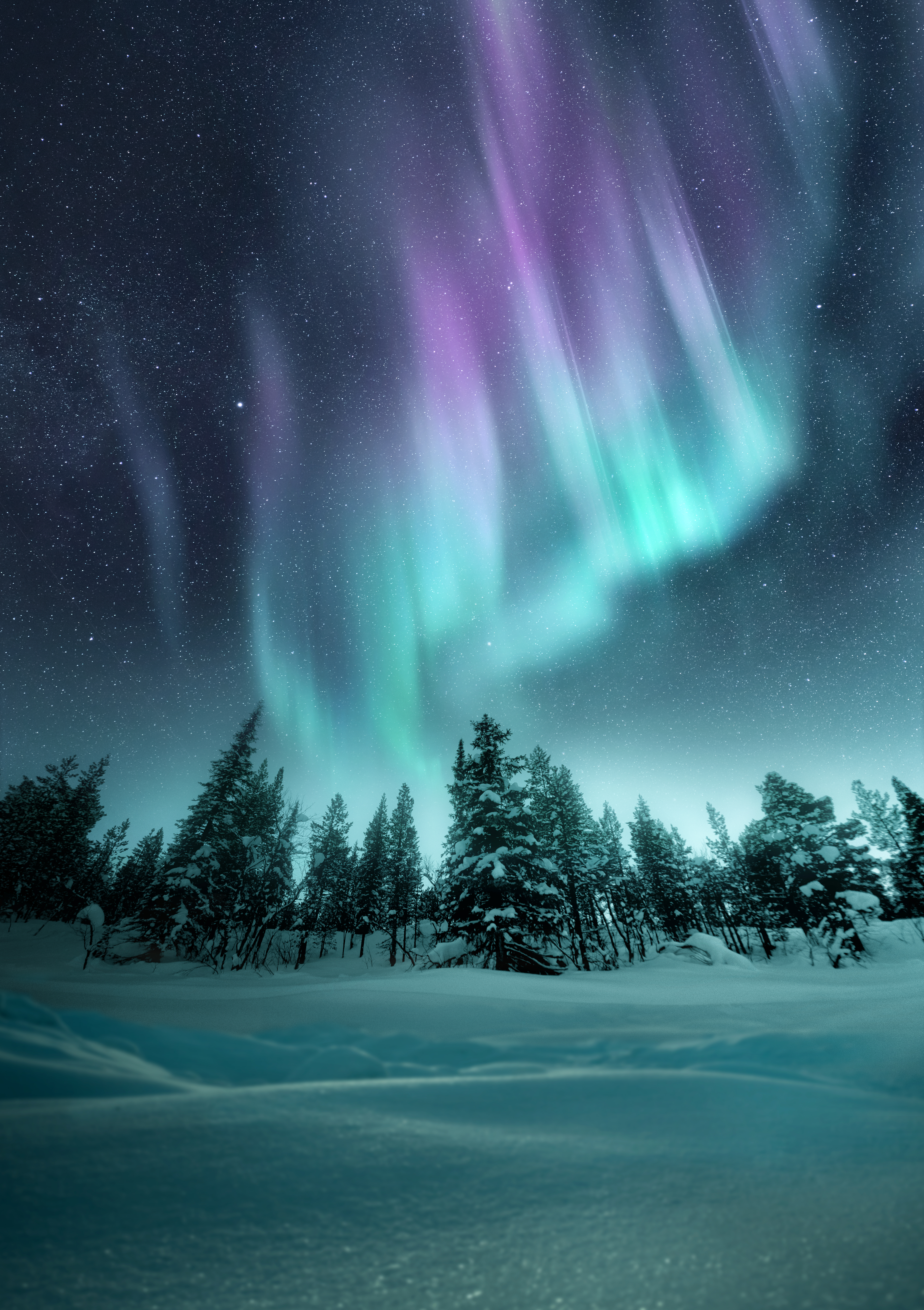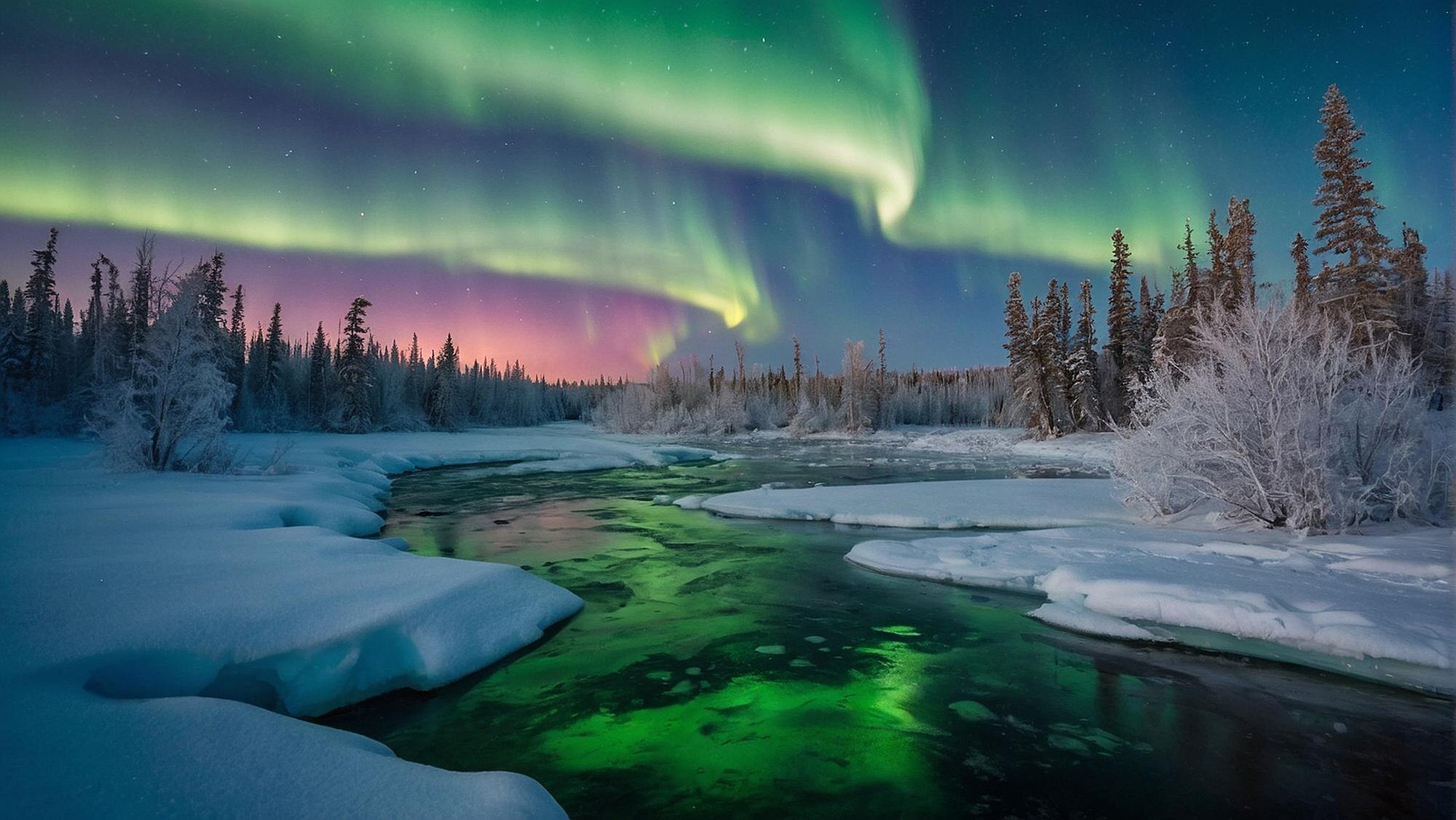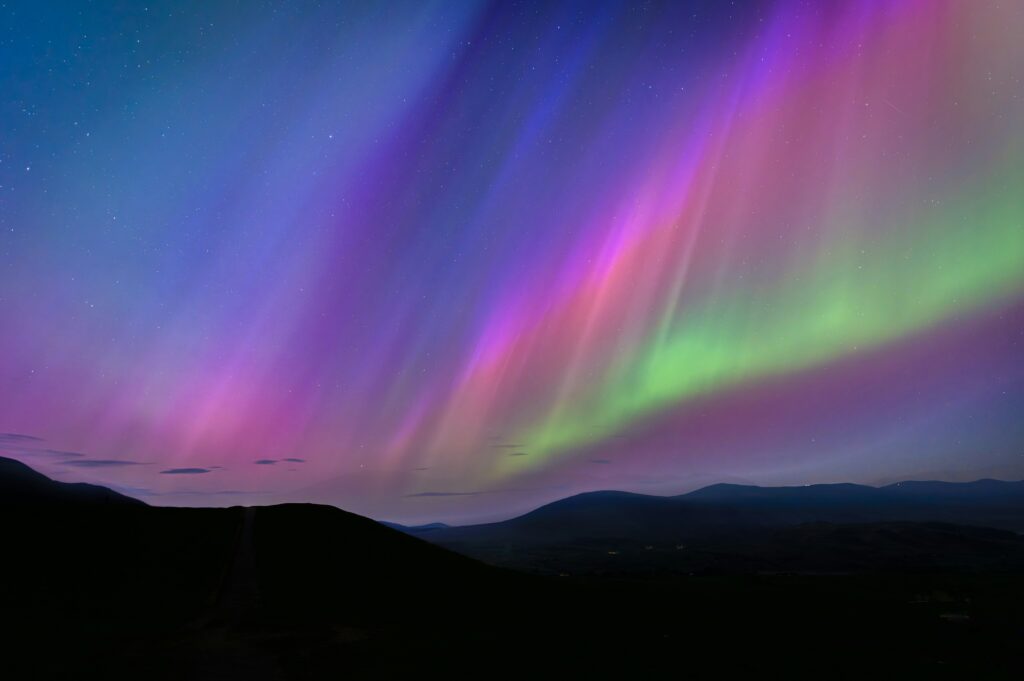Aurora Borealis 2025: Your Ultimate Guide to Chasing the Northern Lights
Forget the idea that chasing the Northern Lights is all luck and long waits. In 2025, solar activity is ramping up, giving you sharper chances to catch vivid displays. This guide breaks down the best places to see Aurora, shares Aurora Borealis weather forecast basics, and offers Northern Lights photography tips you can use right away. Get ready to plan your nights under skies that truly put on a show.
Best Times and Places for Aurora Viewing
The beauty of the Aurora Borealis is that it’s visible from several stunning locations. Let’s dive into where you should set your sights for the best views.
Top Destinations to See the Lights
Reykjavik, Iceland offers nightly tours that whisk you away to clear skies. Quick escapes to places like Thingvellir can dodge the clouds. While expenses can be high, the natural beauty more than compensates. In Tromsø, Norway, the odds of catching bright displays are high, and skilled guides track weather changes in real time. It’s the perfect spot to add a bit of adventure with dog sledding or fjord cruises.
Over in Fairbanks, Alaska, long viewing windows and the comfort of Aurora lodges make this a top choice. The cold is real, but so are the savings compared to Scandinavia. Meanwhile, Yellowknife, Canada offers big skies and many clear nights. Tour packages cater to photographers, and prices remain fair.
For both Reykjavik and Tromsø, check local forecast sites like Vedur.is and Yr.no before booking a tour.
Planning Your Perfect Aurora Adventure
To maximize your experience, timing is key. Plan your adventure between September and March when nights are longest. The sweet spots are around the equinoxes in late September and late March due to increased geomagnetic activity.
2025 is special as it’s near the solar maximum, which means more frequent and stronger displays. Even mid-latitudes might catch surprise shows during big nights. Here’s a quick plan: head out from 9 pm to 2 am, avoid city lights, and aim for a new moon week if possible. Remember, clear skies are more crucial than a high index with clouds.
Be patient, give it a few hours, and enjoy the magic when it unfolds.
Understanding the Science Behind the Aurora

Ever wondered what makes the sky dance with these mesmerizing lights? Here’s a simple explanation.
Solar Activity and Auroras Explained
The sun is like a giant, fiery engine. It has dark spots where magnetic activity is intense. These spots often release energy and charged particles, creating faster solar winds. When those winds reach Earth, they interact with our magnetic field, funneling particles toward the poles. This interaction results in brighter and more expansive auroras.
The sun operates on an 11-year cycle, swinging from calm to active and back again. We’re nearing the peak of this cycle in 2025, which means stronger and more frequent auroral displays. Here’s a simple breakdown:
-
Sunspots grow and release energy.
-
Solar wind carries particles toward Earth.
-
Earth’s magnetic field channels them to the poles.
-
Particles hit the upper atmosphere, creating light.
Keep an eye on solar wind speed and the KP index; they offer clues for the best viewing nights.
How Colors and Shapes Form
When particles collide with air molecules high above, they add energy. As the molecules calm down, they release light. Different gases and altitudes produce different colors. Oxygen, for instance, emits green light at lower altitudes and red at higher ones. Nitrogen contributes purples and pinks at the lower edges.
The aurora takes on various shapes due to Earth’s magnetic field. Particles move along magnetic lines, creating curtains and waves. Solar wind gusts and shifts in currents further influence these mesmerizing patterns.
Tips for Capturing Stunning Northern Lights Photos

Capturing the auroras requires a bit of planning but offers enormous rewards. Let’s get you ready to snap some unforgettable shots.
Aurora Borealis Photography Basics
You don’t need the fanciest gear to capture stunning aurora photos. Start with a tripod and timer to keep your camera steady. Use manual mode and set ISO to 1600–3200 with exposure times of 10–20 seconds. A wide-angle lens helps capture the full scope of the lights. Make sure to turn off your flash and image stabilization.
Smartphones can work too. Use night mode or a long-exposure app. Just prop your phone on a solid surface to avoid shaking. Protect your batteries since cold temperatures drain them faster; keep spares warm in your pocket.
Staying Comfortable on Cold Nights
The cold can be part of the fun if you’re prepared. Dress in layers: a base layer, a warm mid-layer, and a windproof shell. Insulated boots and wool socks will keep your feet warm, while gloves and mittens protect your hands.
Bring a thermos of hot tea or cocoa to keep warm and energized. It’s always a good idea to go with a group or join a guided tour if you’re unfamiliar with the area. Remote locations can have slick roads and wildlife, so stay cautious.
Remember, the key is patience. Enjoy the anticipation and let the natural spectacle unfold before you. By the end of your adventure, you’ll have photos and memories to cherish for years.

